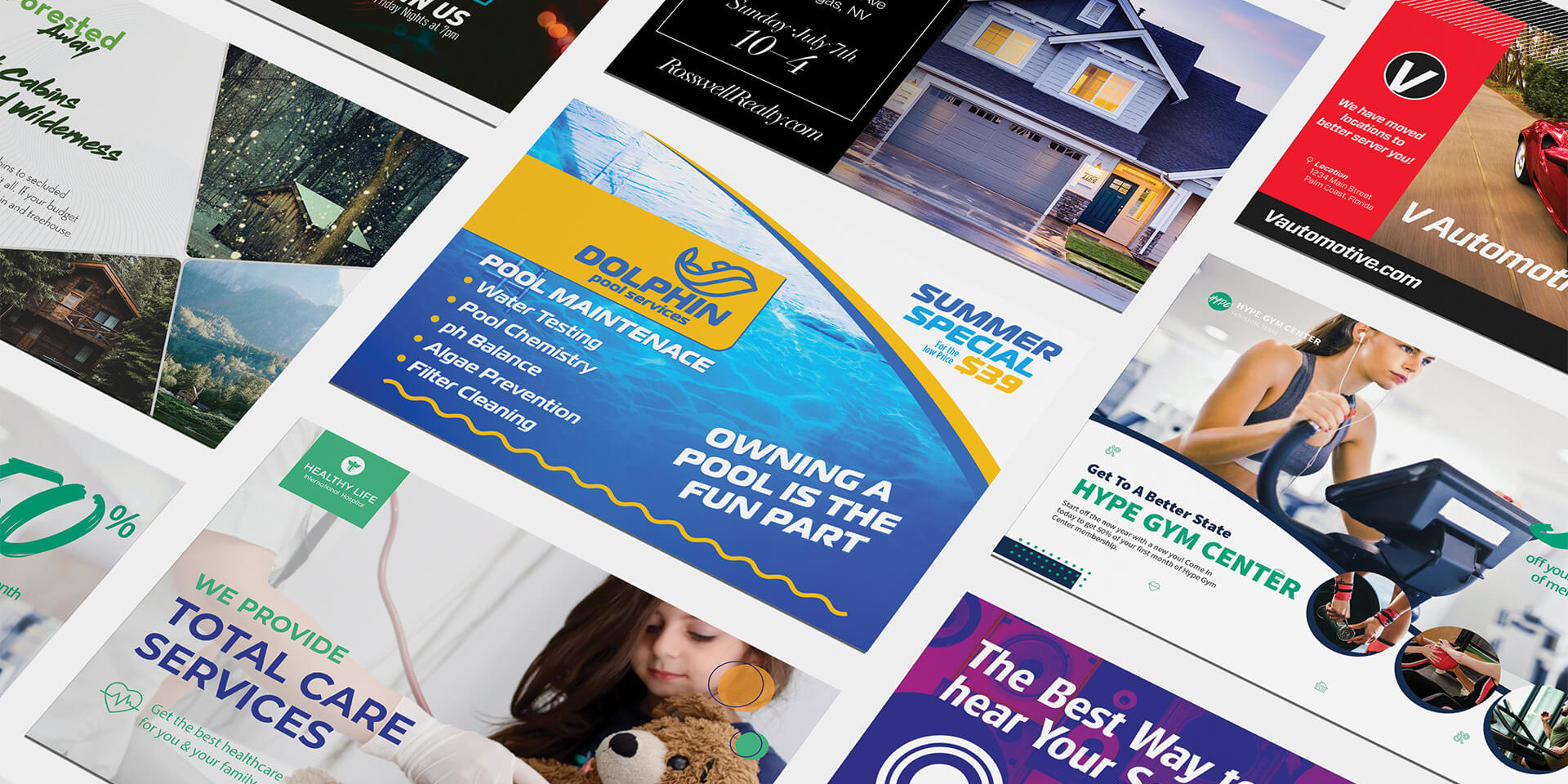Are your email marketing campaigns under-performing? Whether your core focus is ecommerce, software as a service or online lead generation, email marketing has become an incredibly effective and necessary tactic to include in your marketing mix. One stat that proves this – for every $1 spent, $44.25 is the average return on email marketing investment. That ROI is too hard to ignore. With that in mind, in part one of this two-part series we will review some of the most important factors to ensure your email campaigns are optimized and delivering the results they should be.
- Responsive Emails
So, you’ve heard of responsive websites, but why would you ever need responsive emails? Well for starters, an incredible 66% of Gmail opens occur on mobile devices. That number is only going to increase as more and more consumers embrace the mobile revolution. It simply doesn’t make sense sending a static email that doesn’t display properly on all screen sizes. There are a number of responsive email templates available online for those who don’t have an in-house designer/developer. Additionally, more and more email service providers (Mail Chimp for example) are offering a growing number of responsive email templates that can be customized to your specifications. So, there’s really no excuse not to have a mobile-friendly email!
- Optimize Deliverability
It doesn’t take a genius to figure out that it’s rather difficult to execute a successful email marketing campaign if a significant portion of your customer list never receives the email. Make sure your email body and subject line limit the use of keywords that can trigger spam filters – free, limited time, etc. are all often found in SPAM. You can search online for other examples. Remember to keep a high text to image ratio and include all contact and opt-out information. Always add image alts and plain text version of your email as well. Don’t forget to setup your MX record, as this will verify your sending IP address and improve deliverability. Lastly, make sure to monitor your bounce, unsubscribe and complaint rates. These will all have a negative impact on your sender score/reputation (which should be checked regularly) and deliverability.
- A/B Testing
The easiest way to guarantee that your email campaigns get progressively better is to test every time! It’s no surprise that email subject lines are the most common elements to test – 33% of email opens are based on subject lines alone. From names, delivery times, imagery, layouts and more are all important as well. Just make sure you aren’t testing too many things at once, otherwise you will skew your data and won’t be able to accurately interpret the results.
- Segmentation and Personalization
Not only knowing your audience, but also speaking directly to that audience is the key to achieving success in email marketing. Break your mailing lists down into different groups/segments of contacts with similar attributes. These attributes could be demographic related (age and sex), geographic or activity related (what they purchased). Once your list is segmented, try personalizing your copy and messaging to better suit the needs of each segment. An example would be an ecommerce site showing examples of product that were recently viewed by that customer, or popular products with other customers in that segment. For B2B it may be focusing on the benefits of your product or service as they relate to that customer’s position (marketing, sales, financial, etc.) or industry. The more relevant your communications are, the more your campaigns will achieve.
- Timing
We’ve all heard the saying, “timing is everything”, and with email marketing it is no different. On average, part of knowing your audience is knowing the right days of the week and times of the day that your audience will be most receptive to your messaging. There are numerous studies published online claiming X hour on X day is the best time to send an email, and that simply isn’t true. It always varies by audience, and the only way to truly know is to test. Keep in mind, timing is relative to what your main goal is. Make sure you measure and optimize timing by a number of data points including open rates, click through rates and most importantly, conversion rates.
Stay tuned until for the next part of the series! Have guess what we might be discussing or your own strategies? Share below!
contact us
Time to grow your business
Let's cut to the chase. We want to help you grow your business and we have the soil (paper), water (ink) and high-powered nitrogen fertilizer (brain power) to help you grow to new heights.
Related Blogs
August 1, 2024
6 Reasons Why Architects, Builders and Designers Should Form a Partnership with DME Delivers for Large Format Printing
Every selector has the potential to have unintended side effects by targeting unwanted elements or clashing with other selectors. More surprisingly, our selectors may even lose…
March 6, 2023
Combining Digital & Direct Marketing
Every selector has the potential to have unintended side effects by targeting unwanted elements or clashing with other selectors. More surprisingly, our selectors may even lose…
December 21, 2022
4 Tricks to Increase Yield
Every selector has the potential to have unintended side effects by targeting unwanted elements or clashing with other selectors. More surprisingly, our selectors may even lose…
December 19, 2022
3 Ways to Capitalize On Rolling Admission
Every selector has the potential to have unintended side effects by targeting unwanted elements or clashing with other selectors. More surprisingly, our selectors may even lose…



